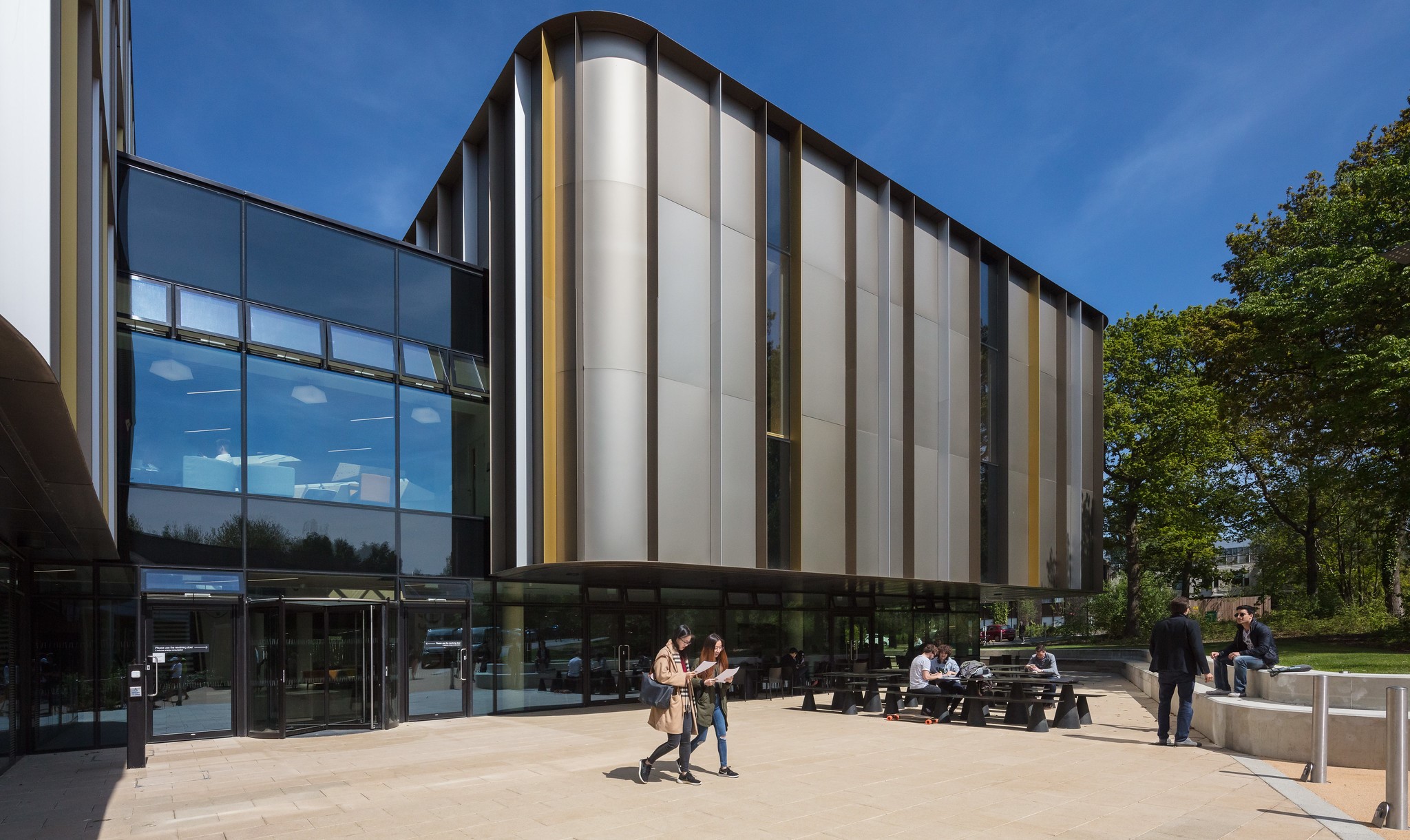What do we really know about outstanding research impact?
With increasing funder emphasis on impact, wouldn’t it be useful to understand what “outstanding” impact looks like? The good news is we have a database that collects all the Business and Management case studies from the last REF. The bad news is HEFCE will not divulge the scores for any of these individual case studies. In fact, they have told me these results have now been destroyed. Thanks for that. It is possible however to manufacture a sample of high-quality case studies using institutional results. Thus, I’ve got a sample of 67 case studies (out of 410 in total) from 17 HEIs that all had either “outstanding” (4 star) or “very considerable” (3 star) impact.
Why am I analysing this sample of case studies? Well, although impact does requires some luck it is not random. It requires time. It requires resources. It also requires strategy. Done well, it creates a virtuous circle where research informs practice which then informs research which then informs practice…. you get the picture. So how is impact done well? Unfortunately, we don’t have that much granular analysis on the strategies researchers use to achieve influence outside academia, particularly for impacts that are difficult to monetise. I want to know if there are lean models that enable virtuous circles.
My preliminary analysis of these case studies suggests that there are. While recent analysis by King’s College London and Digital Science visualises impact as very pretty alluvial and chord diagrams, my analysis has found something altogether more messy and possibly more useful. Based on my sample of case studies, impact looks a lot like a car in a safety test being crashed into a wall again and again until we learn something useful. It reduces down to a driver, in a vehicle that can be used to apply knowledge to practice, and with appropriate mechanisms for exchange.
For example, the leanest model for 4* impact with an organisation is a small team lead by an outstanding researcher (the team is the driver), a Knowledge Transfer Partnership (the vehicle that enables the application of knowledge to practice), and a smart online tool that sustains the influence (the mechanism for exchange). If you want to influence policy, the driver is more likely to be a committed individual, using the vehicle of parliamentary scrutiny, and exchanging through the submission of evidence, as well as workshops, reports and other media. Exchange here requires more effort which is intuitive if you consider that, for policy, society itself is the organisation. If you want to influence practioners then a team of equals working closely with a professional body using training and workshops seems to do the trick. Again more effort on exchange is usually necessary because practioners working with multiple organisations can be more dispersed and difficult to reach. When looking at the academic research that underpins these high quality case studies, the dynamic is obvious. Meaningful engagement with practice is refining research questions and the answers to these questions is in turn making engagement more meaningful. Let’s not sugar coat this though. We also need case studies that illustrate the vicious circles that make research and engagement seem like a difficult trade-off, so that we can avoid these bad strategies that misallocate scarce resources.
I’ve still got more work to do here, particularly in identifying the models of impact that are good exemplars for KBS researchers. When I’m finished we will use this analysis to make sure we understand the strategies that work, and so that KBS is smart in the way it enables your own impact.
Horizon 2020 – Post-Brexit – Where to pivot now?
After denial, anger, bargaining, and depression, it is probably time for acceptance. At the Chartered Association of Business Schools (CABS) Research Conference in March the big play was a pivot to Europe. While UK funding for business and management research had been in decline since 2011, funding from the EU was rising fast. Post-Brexit, what should the pivot be now?
For business and management research, the pivot should arguably still be to Europe. The UK is an EU Member state for a few years yet. There seems to be a resignation among researchers that they should divest their efforts from Horizon 2020 because of anecdotal perceptions of bias as well as uncertainty about the future status of the UK in Europe. But if a herd of disenchanted researchers pulls back from applications then surely that opens up the field for others. And if Jo Johnson plans to ferret out bias like an, erm, ferret then maybe the EU Commission will actually have to be more generous to the UK. Paradoxically, after leaving the EU, there might never have been a better time to apply for EU funding!
And lest we forget there are already 15 non-EU associate countries that are part of Horizon 2020 including Norway, Switzerland, Israel and Turkey. The predominance of the UK research base means that post-Brexit there will surely still be a relationship with Horizon 2020. Divestment will have costs if it proves to be near-sighted. Maybe the smart strategist would follow the famous aphorism of Giuseppe Tomasi di Lampedusa classic novel ‘Il Gattopardo’ that even in times of unprecedented political instability, everything must change in order for it to stay the same.


Thanks for spreading this knowledge to us